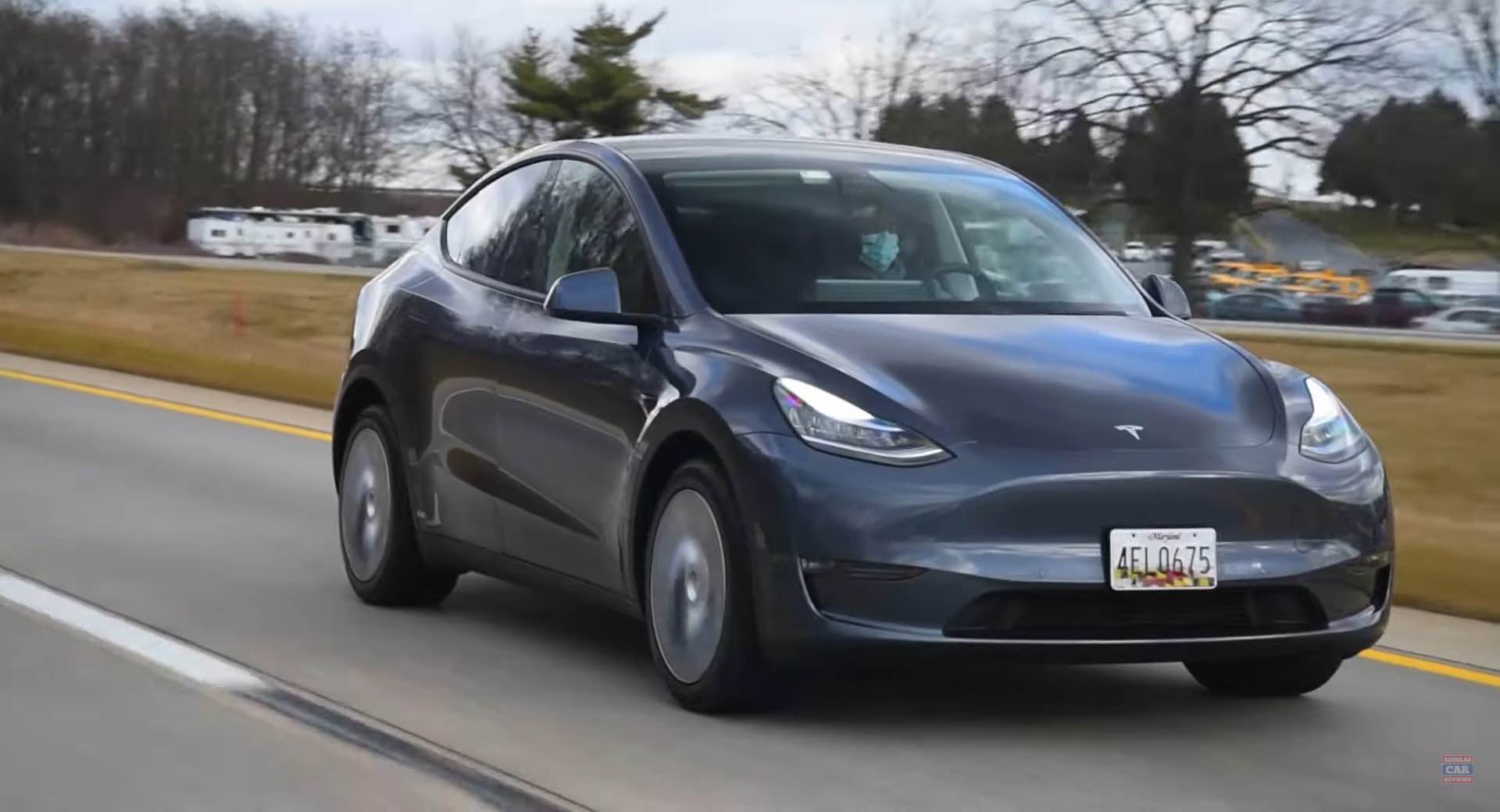Around the globe, the sale of electric vehicles (EVs) has continued to increase due to high demand despite weak auto markets. In the UK alone, plug-in electric car sales increased by 50% in April, reaching record levels. While there’s no doubt that electric car sales will continue to grow, it’s predicted that this will be at a slower rate.
There are also several trends in the electric vehicle industry this year that are starting to become apparent. We’ve picked out three of the top trends for 2023, which we’ll discuss further below.
Contents [hide]
Advancements in EV batteries
The growing demand for EVs combined with concerns over battery costs, efficiency, materials, and supply chains are driving investment and academic focus on batteries.
Drivers are expecting longer ranges and more efficient charging, which means battery technology is going to see significant improvement. This can already be seen in certain models of electric vehicles like the MG4, which deliver faster charging, improved safety, and can cover longer distances on a single charge.
There is also likely to be a change in the components of EV batteries, with a shift to magnesium-ion or lithium-air battery chemistries. The closest to market are sodium-ion batteries, which replace limited and expensive lithium with naturally occurring and highly available sodium. Soon, we could see the adoption of lithium iron phosphate cathodes, which aren’t just low-cost, but safer also.
Smart EV charging and renewable energy
The variable nature of renewable energy sources such as wind and solar raise worries about unstable power grids. One upcoming method of avoiding these problems is by using second-hand EV batteries to store renewable energy once the sun goes in or the wind dies out.
Additionally, second-life EV batteries are being used at commercial buildings and public EV charging stations for energy storage. The Charge Point Operator is able to store grid energy when it is at its cheapest and then use the energy during expensive peak times.
This storage of energy will make the uptake of EVs a more practical reality for the power grid, potentially reaching demands for energy storage by as early as 2030.
Increase in the heavy-duty vehicle market
Transportation is the largest polluting sector in the UK, accounting for 28% of all emissions. Therefore, efforts are being made to reduce the effects of the transport sector, which includes the use of trucks, HGVs, and public transport.
The electric commercial vehicle market is set to grow in upcoming years in a bid to stay on the path to net-zero. By 2024, it’s said that the UK will have the largest electric bus fleet in Europe, with the number projected to increase by 180% from 1,000 to 2,800 vehicles. This trend is also set to take place in other European countries, including France and the Nordic region.
HGV and freight manufacturers have recently supported a National Grid-led analysis, which has helped to map out a plan for how en-route charging and hydrogen re-fuelling can be delivered at pace both efficiently and economically. The Government’s Rapid Charging Fund (RCF) could see these facilities at up to 87% of service areas in England.

